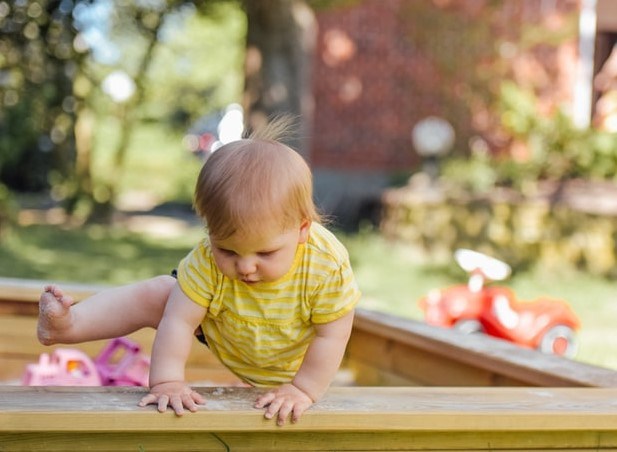European Commission President Ursula von der Leyen promised in her political guidelines that she will create a European Child Guarantee.
The new tool is expected to help ensure that every child in Europe at risk of poverty or social exclusion has access to the most basic of rights like healthcare and education.
She picked up on an idea that had been proposed by the European Parliament. In 2015, the Parliament adopted a resolution on reducing inequalities with a special focus on child poverty. In 2017, it requested the Commission to explore the feasibility of a possible “Child Guarantee” for children in vulnerable situations.
Such a study has now been produced by the Commission and was discussed in Brussels last week (17 February) at a conference with the EU member states. The outcomes of the study, including the discussions at the conference, will feed into a final report which looks at the consequences in terms of cost and benefits of a child guarantee for all children at risk of poverty.
Both studies are part of a so-called Preparatory Action of the Parliament. This is a tool used by the Parliament when it asks the Commission to investigate urgent policy questions.
The Action will also be completed with a number of local pilots to test the implementation of the child guarantee on the ground. At the same time the Commissions intends to make sure in the ongoing discussions with the other EU institutions that the future EU funding for a Child Guarantee is assured in the programming documents provided by the member states.
The feasibility study dealt with the four most disadvantaged and vulnerable groups of children in the EU: children living in precarious family situations, children in alternative care, children with a migrant background (including refugee children) and children with disabilities.
These children, like all other children, should have access to five key social services: adequate nutrition, free education, free healthcare, decent housing and free early childhood education and care.
Nicolas Schmidt, Commissioner for Jobs and Social Rights, said in his opening speech at the conference that the Commission will present its Child Guarantee initiative in 2021 and that it will be embedded in a wider anti-poverty strategy.
Main conclusion
A Commission source told The Brussels Times that the main conclusion of the conference was that the institutional framework to tackle child poverty has been in place since 2013 but that the member states have failed to implement the necessary policies and should step up their efforts.
The feasibility study contains not only estimates of the size of the groups but also an overview of the challenges, weaknesses and best practices in all member states. There are still about 340,000 children living in institutions in the EU although the great majority of them have at least one living natural parent.
Despite a decreasing trend in child poverty, about a quarter of all children or 25 million are still at risk of poverty and social exclusion. Many of them belong to the four vulnerable groups identified in the feasibility study.
Which good practices should be highlighted? All experts seem to agree that the best way to fight child poverty is through “Progressive Universalism”.
This means that a member state should guarantee that all children have access to high quality and affordable services such as child care. To ensure this, extra efforts must be deployed to reach out to children coming from vulnerable and disadvantaged groups.
This is also fully in line with principle 11 on children of the 2017 European Pillar of Social Rights. Several member states have already established a right to early childhood education and care for children under the age of three and take extra policy measures to prevent any unnecessary segregation by supporting the access of children with special needs to mainstream schools.
Legal framework
What forms of legal framework were discussed at the conference?
When it comes to social policy, it is above all the member states that are competent to decide. The Commission can only give advice and facilitate the implementation. But all member states have taken on a far-reaching legal obligation by ratifying the UN Convention on the Rights of Children and the European Social Charter.
In principle children in the EU are well protected by the law. There is no lack of specific rights for children - the problem lies in the compliance with the law.
There is also soft law. Principle 11 of the European Pillar of Social Rights states that member countries have a duty to protect their children against poverty and to make sure that disadvantaged children have the same opportunities as other children. This proclamation has created a moral obligation.
The bulk of the money for the Child Guarantee will have to come from the Member States. Currently, member states spend on the average about 2,5% of their GDP on child and family benefits. Additional financial support is possible from the EU budget via the European Structural and Investment Funds.
That said, some member states have difficulties in absorbing the money in the current 2014-20 programming period.
The current negotiations on the new budget for 2021-27 show that there is wide disagreement on both the composition and the overall size of the budget, ranging from the 1,0 % of GDP of the “Frugal Four”, the 1,07 % compromise proposal of the Commission to the 1,13% proposal of the Parliament. It will probably take a few more months of negotiations before an acceptable compromise will emerge.
M. Apelblat
The Brussels Times

